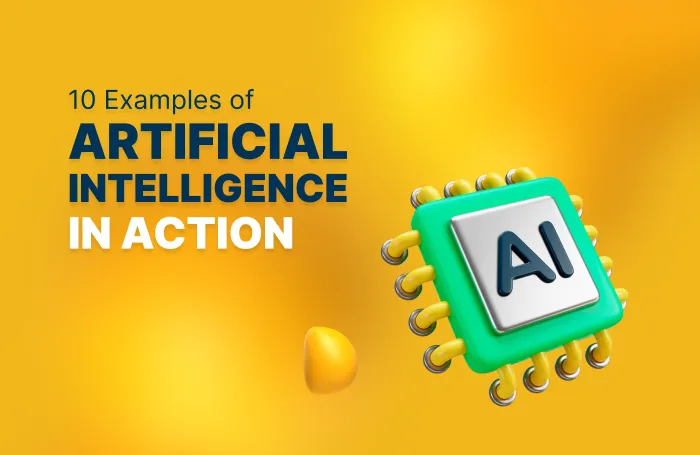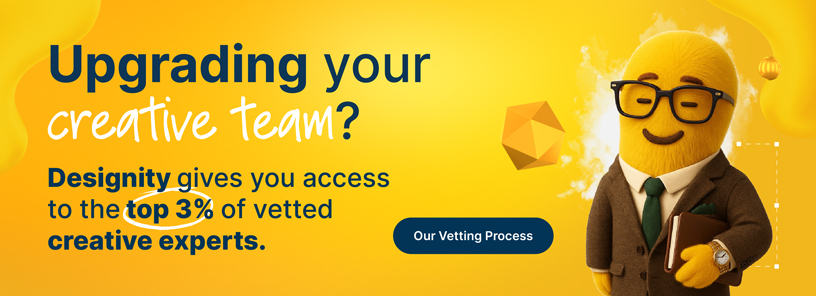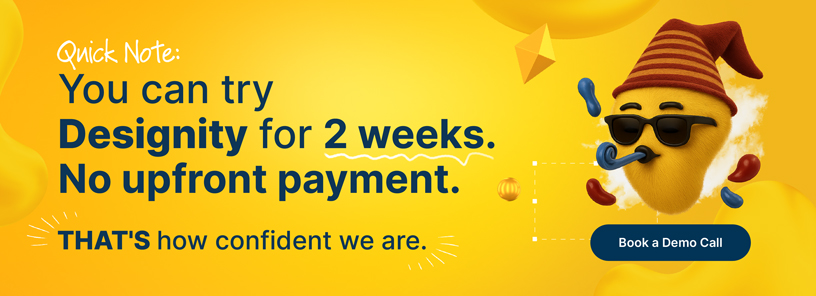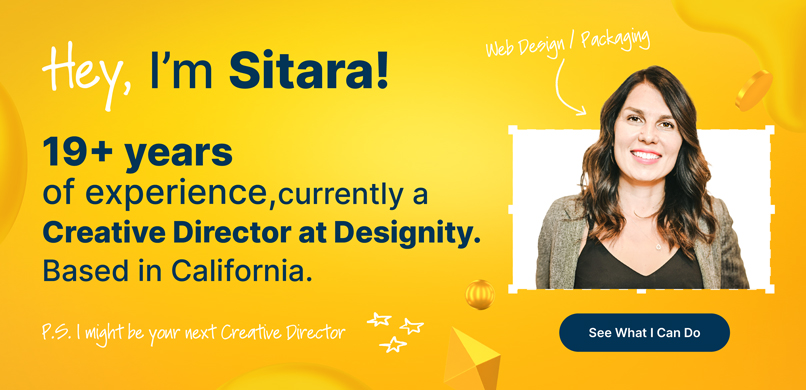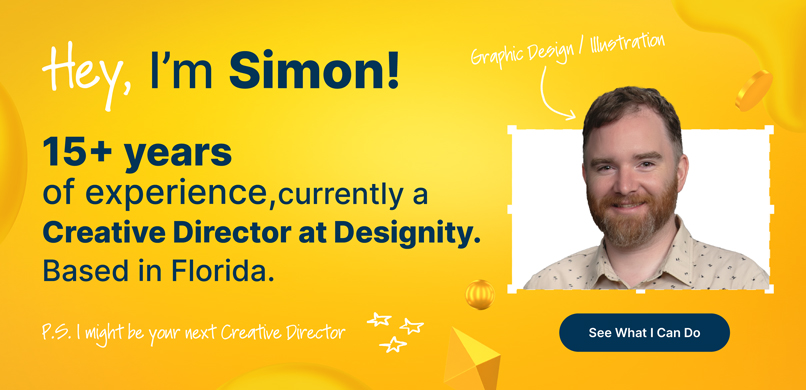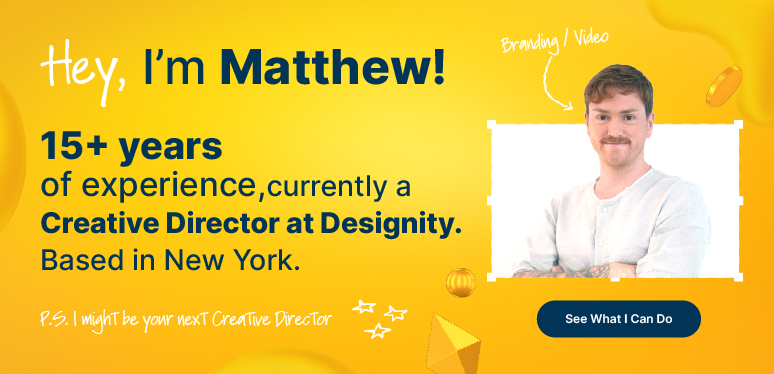While we might still be accustomed to thinking of artificial intelligence (AI) as the Skynet-like stuff of science fiction movies, the truth is much less … normal?
AI has quietly been revolutionizing how we live and work over the last twenty years, and only promises to do more as technology advances. AI may already be a part of your life in ways you’d least expect!
So, how is artificial intelligence already streamlining our days and making our lives easier?
The results might surprise you!
If you’re curious, today’s blog has what you need! We’re diving into the world of artificial intelligence to bring you 10 examples of artificial intelligence in action and the different ways it's reshaping our world!
Let’s dive in!
1. Virtual Assistants
“Hey, Alexa, put beef jerky on my grocery list!”
Shouting out grocery lists and song choices to the ceiling would have looked ridiculous just a few years ago, but now, some people just can’t imagine what they did without it!
Voice-activated devices like Amazon’s Alexa and Google Assistant are making it easier to manage daily tasks, make purchases, set reminders, and control smart home devices.
Their AI learning even helps to personalize each device to its owner, learning their preferences and providing helpful suggestions, purchase recommendations, and reminders. A total game-changer for busy people on the go!
2. Facial Recognition
AI’s ability to analyze and store patterns has also been a game-changer for the security industry with the advent of facial recognition technology.
Facial recognition systems use advanced AI algorithms to identify and verify individuals by analyzing their unique facial features, like the distance between eyes, nose shape, and jawline.
This technology is used in high-tech security systems in airports, banks, law enforcement, government buildings, and even in your own pocket.
Many smartphones use facial recognition technology to authenticate users and unlock devices, and on social media, to tag and organize photos!
3. Chatbots
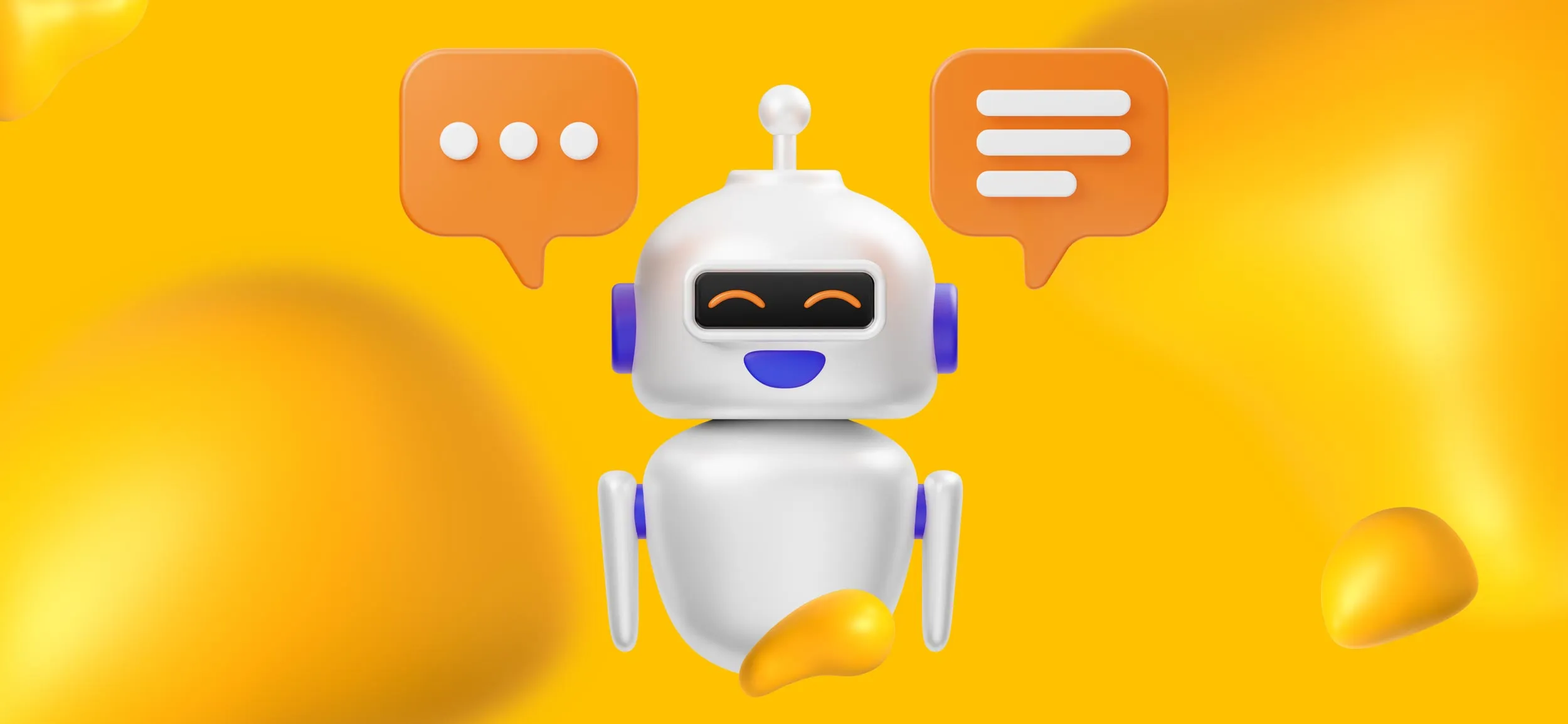
Chatbots have come a long way since the AOL instant messenger bots of the 90s.
Many brands choose to incorporate AI chatbots in their web design for 24/7 customer support.
These AI chatbots can handle common questions, troubleshoot issues, and assist users (especially online shoppers) by recommending products and guiding them through purchases. This not only gives businesses a way to assist customers during off-hours but also frees up their human customer support staff for the more complex and high-priority tasks that require human intelligence to solve.
4. Recommendation Systems
AI is helping us out in ways we might be completely unaware of, especially in the apps we use.
Recommendation systems use machine learning to collect data on what we watch, listen to, or purchase to identify patterns and user behavior and then use collaborative and content-based filtering to predict other content or products we might enjoy.
You see this in eCommerce sites like Amazon with user recommendation systems that suggest products based on browsing history and past purchases. Or on streaming services like Netflix, Hulu, and Spotify, to recommend shows, movies, or music we may not have discovered.
Social media sites like Facebook and Instagram also use AI to make up our content feeds, suggesting the posts, friends, and pages we might engage with next based on what we’ve engaged with before.
5. Natural Language Processing (NLP)
NLP is a key component of many AI applications that we interact with on the daily.
It’s what makes it possible to type a query to a chatbot or shout out a question to your Alexa and have it respond meaningfully. NLP allows machines to understand, interpret, and generate human language in a way that feels natural and conversation-like.
One of the most well-known applications of NLP is Google Translate, which uses AI algorithms to translate text and speech between many different languages in real time. This makes it easier than ever for people to communicate and order chips and salsa no matter what country they’re in.
6. Automation
AI has also been a game-changer for automating mundane, tedious, and even dangerous tasks.
You’ll see it in fields like manufacturing, with robots and AI systems that streamline the manufacturing process, increase productivity, reduce the chance of human error, and decrease the number of accidents on the floor.
It’s also used in medical and financial settings to improve efficiency, keep data safe, and streamline administrative tasks like scheduling, billing, and record-keeping. This automation helps reduce the administrative burden and allows office workers to focus on tasks requiring more complex thinking.
And automation isn’t just for officers and warehouses.
Many smart homes use it as well, using AI-driven systems to control things like lighting, heating, and security to increase energy efficiency and home security.
7. Predictive Analytics
AI has become so advanced, it’s out there predicting the future!
Well, not really.
But its ability to analyze vast amounts of data and identify patterns and trends makes it extremely useful for predictive analysis.
It’s used in finance, to analyze market data and forecast stock trends or to assess the creditworthiness of applicants more accurately, enabling investors and lenders to make more informed decisions and better manage risk.
It’s also used in healthcare to predict patient outcomes, disease outbreaks, and treatment plans, and in the retail industry to predict consumer behavior and preferences. This makes it easier to do everything from mitigating disasters to meeting customer demand and boosting user satisfaction!
8. Fraud Detection
AI is also at work keeping your hard-earned money safe from fraud.
Many banks use AI to monitor transactions, keeping a digital eye out for unusual patterns that might indicate fraudulent activity.
These systems analyze huge data sets from millions of transactions, using their machine learning algorithms to identify and flag suspicious behavior that doesn’t vibe with a user’s usual spending patterns. If anything’s detected, the AI will flag it and automatically alert bank personnel to take action by either requiring verification or freezing the account altogether, meaning more security for you and deeper customer trust for financial organizations.
9. Autonomous Vehicles

You knew it was coming—robot cars.
Autonomous vehicles (or self-driving cars) have been a thing of science fiction for a long time. But now, whether you would trust them or not, they’re here to stay and only promise to get more sophisticated and advanced as time goes on.
They work using a combination of AI, machine learning, sensors, and cameras to navigate and make driving decisions. Advanced algorithms instantly process data from their surroundings, including important factors like other vehicles, pedestrians, traffic signs, and road conditions.
Companies like Tesla, Waymo, and Uber are already developing self-driving cars for personal and shared transportation. These cars will provide safer and more efficient travel by eliminating human error, which should come as no surprise, is the major cause of most accidents.
10. Generative AI
This is one field of AI you’ve probably been aware of for some time.
Generative AI is a rapidly advancing field of artificial intelligence technology that involves AI tools or software creating content such as text, images, music, and even video.
Some popular players in the game are ChatGPT, Midjourney, MuseNet, Sora, DALL-E, Stable Diffusion, Deepfakes, and more; tools capable of creating content based solely on text prompts.
It’s a technology that’s transforming how we create digital content. While it’s not ready to replace humans just yet, it’s definitely making content creation more accessible and serving as a valuable tool for human designers, writers, composers, video producers, and more!
The Benefits of AI in Our Workflow
If you’re in a line of work that uses AI (or could use it!), then you probably already know the many benefits that it brings.
In case you don’t, here are just a few:
- Increased Efficiency — AI can automate repetitive and mundane tasks, freeing up human resources for more complex and creative work.
- Improved Accuracy — AI systems can perform tasks with high precision and consistency, reducing the likelihood of human error.
- More Informed Decision Making—AI can analyze vast amounts of data quickly, providing insights and recommendations that help make informed decisions.
- Cost Savings — By automating tasks and improving efficiency, AI can help reduce operational costs.
- Scalability — AI solutions can be scaled easily to handle increasing workloads without a corresponding increase in human labor.
- Personalization — AI can customize user experiences by analyzing individual preferences and behaviors, leading to higher satisfaction and engagement.
- 24/7 Availability — AI systems can operate continuously without the need for breaks, ensuring that processes run smoothly around the clock.
- Predictive Analytics — AI can forecast trends and outcomes based on historical data, helping businesses to anticipate future scenarios and plan accordingly.
- Enhanced Customer Service — AI-powered chatbots and virtual assistants can provide quick and efficient customer support, improving response times and satisfaction.
- Innovation and Creativity — AI can assist in generating new ideas and solutions, fostering innovation in product development and other areas.
A Brief History of Artificial Intelligence

It might surprise you to hear that artificial intelligence has been around since the 1950s, ever since scientists and mathematicians stopped to ask themselves a thought-provoking question:
“Can machines think?”
Let's explore some of AI's history, from then to now.
1950s–60s: Laying the Foundation for AI Technology
That question, most notably posed by polymath and AI pioneer Alan Turing, led to the development of the Turing Test, designed to evaluate a machine’s ability to exhibit human-like behavior.
From this groundwork, early developments in AI began to emerge. One of the most significant milestones came from Dartmouth College in the 1960s, with the creation of ELIZA. This machine simulated conversation and laid the groundwork for natural language processing (NLP), a cornerstone of AI technology.
1980s–90s: AI Begins to Gain Popularity
The 1980s brought about more advanced computer systems, machines that could mimic human decision-making in fields like medicine and finance.
However impressive these feats were, the development of AI remained mostly within the scientific community until the late 1990s.
In May 1997, in front of an audience of thousands, IBM-developed chess computer Deep Blue defeated chess grandmaster Garry Kasparov, showcasing to the world the amazing strategic thinking potential of AI.
2000–Today
With the internet boom of the late 90s and early 2000s, AI quickly found new machine learning and data mining applications.
Far from rising up against humankind as predicted in the 1984 movie The Terminator, AI's most notable achievements were early chatbots for customer service purposes and recommendation systems still used by companies like Amazon and Netflix to personalize user experience (more on this in a bit!).
<div class="c-blog_comp-cta cc-component-1"><div class="c-blog_comp-cta-left"><div class="c-blog_comp-cta-left-wrap"><img src="https://global-uploads.webflow.com/61cdf3c5e0b8155f19e0105b/6369722e59155470b6840033_Potential-clients.png" loading="lazy" alt="" class="c-blog_comp-cta-left-img"></div></div><div class="c-blog_comp-cta-right"><div class="c-blog_comp-content"><div class="c-text-wrapper cc-mb-32"><div class="c-title-4 cc-bold"><strong>Want to save money without sacrificing the quality?</strong></div></div><div class="c-text-wrapper"><div class="c-text-2">Say goodbye to traditional, expensive agencies and unreliable marketplaces. Say hello to Designity.<br></div></div></div><div class="c-blog_comp-wrapper"><a href="/pricing" target="_blank" class="c-button cc-primary cc-inverted w-button"><strong>Get Your 2-Week Trial</strong></a></div></div></div>
AI in Action: Embrace the Future
Seeing the integration of the above artificial intelligence examples reminds us of the many benefits AI can bring to our normal, everyday lives. AI promises to get better as technology advances and new innovations are made.
At Designity, we pride ourselves on being a tech-enabled, future-ready platform that harnesses the power of AI and other tools to streamline tasks, make data-driven decisions, and help us get things done.
So, if you’re looking for a tech-ready marketing solution that embraces the future, AI and all, Designity is the partner you’re looking for.
Our commitment to staying current with the latest trends and tools keeps us delivering exceptional marketing and design solutions to our customers and elevating brand after brand.
We invite you to look at our community portfolio and see the work our up-to-date tools and processes have enabled us to do for brands like yours.
If our style vibes with yours, book your demo call. It only takes a few minutes, and then you’ll be ready to test drive our services and see firsthand why Designity is the answer to your design and marketing needs.
Are you ready to embrace the future with AI?
